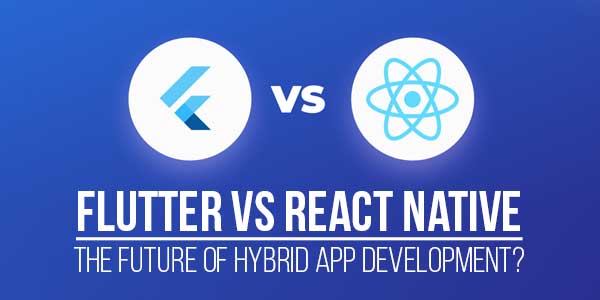
Table of Contents
Flutter Vs React Native, The Future Of Hybrid App Development?
In the rapidly evolving world of mobile app development, businesses and developers constantly seek efficient ways to build high-performance applications for multiple platforms. Two frameworks have emerged as leaders in hybrid app development: Flutter and React Native. But which one truly holds the key to the future? Let’s dive deep into this technological showdown.
Understanding Hybrid App Development
Before comparing these two giants, it’s essential to understand what hybrid app development entails. Unlike native apps built specifically for iOS or Android, hybrid apps:
- Use a single codebase for multiple platforms
- Offer faster development cycles
- Reduce maintenance costs
- Provide near-native performance
“Hybrid app frameworks have bridged the gap between web and native mobile applications, offering the best of both worlds.” – Mobile Development Expert
Flutter: Google’s UI Toolkit
What Makes Flutter Special?
Developed by Google, Flutter has gained tremendous popularity since its launch in 2017. It uses the Dart programming language and stands out for:
- Beautiful, customizable widgets
- Excellent performance close to native
- Hot reload for instant updates
- Growing community support
Performance Benchmarks
Flutter apps compile to native ARM code, resulting in superior performance. In comparative tests:
- 60fps smooth animations consistently
- Faster startup times than many hybrid alternatives
- Efficient memory management
React Native: Facebook’s JavaScript Framework
The React Native Advantage
Created by Facebook, React Native leverages JavaScript and React principles to build cross-platform apps. Its strengths include:
- Large existing developer community
- Reusable components
- Strong corporate backing
- Access to native modules when needed
Performance Considerations
While React Native performs well for most applications:
- JavaScript bridge can cause performance bottlenecks
- Complex animations may require native implementation
- Recent architectural improvements show promise

Head-To-Head Comparison
Development Experience
Flutter’s hot reload is slightly faster than React Native’s, offering near-instant updates. However, React Native benefits from JavaScript’s widespread familiarity.
UI Components And Customization
Flutter provides a rich set of customizable widgets out of the box, while React Native often requires third-party libraries for advanced UI elements.
Community And Ecosystem
React Native currently has a larger community, but Flutter’s growth rate is impressive. Both have extensive package ecosystems, though React Native’s maturity gives it an edge in available libraries.
The Future Outlook
Industry Adoption Trends
Major companies have successfully used both frameworks:
- Flutter: Google Ads, Alibaba, BMW
- React Native: Facebook, Instagram, Walmart
Emerging Features And Roadmaps
Flutter’s expansion into web and desktop applications shows Google’s ambitious vision. React Native’s ongoing architectural overhaul aims to address performance limitations.
Which Should You Choose?
When To Pick Flutter
Consider Flutter if you:
- Prioritize beautiful, consistent UI across platforms
- Need high-performance animations and graphics
- Want to minimize platform-specific code
When React Native Makes Sense
Opt for React Native when:
- Your team has strong JavaScript/React experience
- You need to integrate with existing web code
- Access to a vast library ecosystem is crucial
Conclusion: The Road Ahead
Both Flutter and React Native represent significant advancements in hybrid app development. While React Native currently holds the market share advantage, Flutter’s rapid adoption and technical merits make it a strong contender for the future.
The choice ultimately depends on your specific project requirements, team skills, and long-term maintenance considerations. As both frameworks continue to evolve, developers can expect even better performance and features in the coming years.
“The hybrid app framework war benefits developers and businesses alike, pushing the boundaries of what’s possible in cross-platform development.” – Tech Industry Analyst


















Be the first to write a comment.